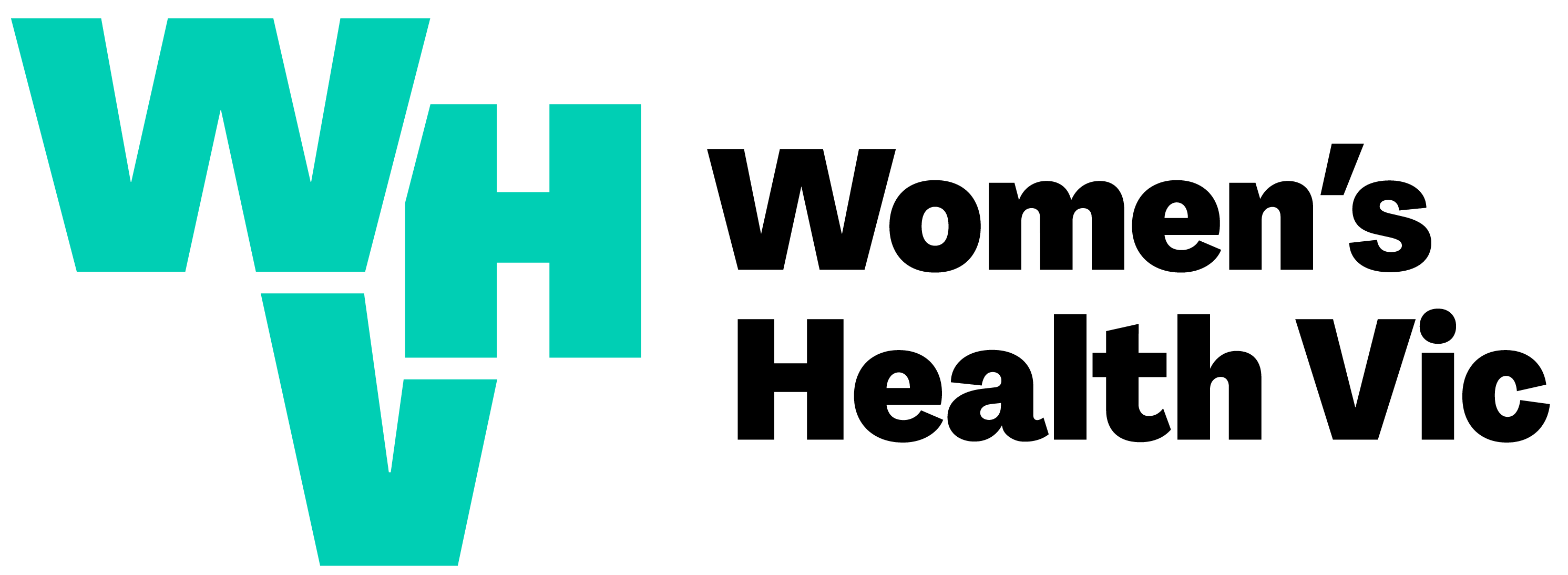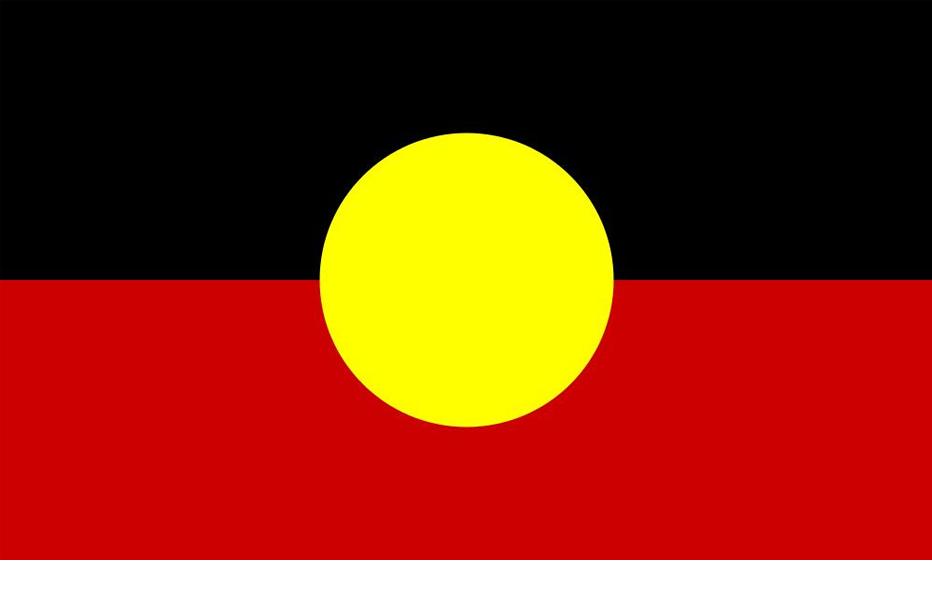Spotlight on older women's health and wellbeing
This Spotlight features a list of up-to-date and freely available research and resources on the topic of older women's health and wellbeing.
Australia’s population is ageing. People aged over 65, the majority of whom are women, currently make up 15% of the Australian population. Aboriginal people are considered ‘older’ at age 50 and over due to the life expectancy gap and their experience of chronic health issues.
As they age, many older women will continue living independently or with little assistance, and continue being active members of the community through working, volunteering, and caring for spouses and grandchildren. However, there are a number of factors that influence women’s experience of older age including: the impacts of longer life on physical health; housing and financial security; experience of elder abuse; and ageing stereotypes and cultural attitudes to ageing.
Women live longer than men and can expect to live almost twenty years beyond the Age Pension entitlement of 67 years. Longer lifespans mean that they are more likely than older men to live alone, more likely to be in residential care, are the majority of those with dementia, and live fewer active years despite older age.
There is a need for more freely available and up-to-date research on the health and wellbeing of older Aboriginal women, women from migrant and refugee backgrounds, and older women with disabilities.
Women's Health Victoria (2017) Spotlight on older women's health and wellbeing. Women's Health Victoria. Melbourne. - (Spotlight; Dec 2017)





